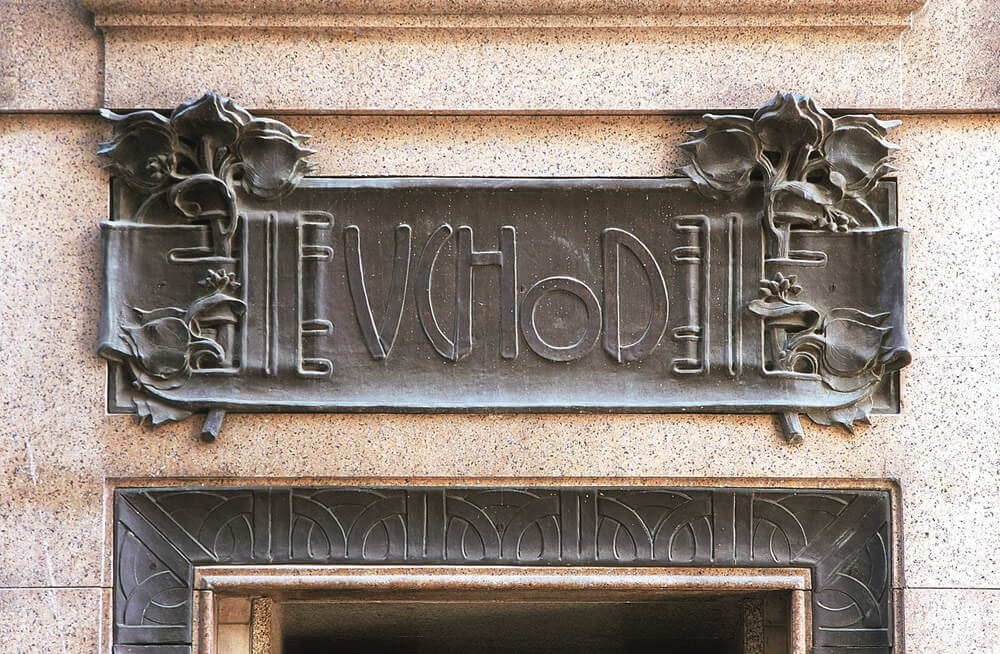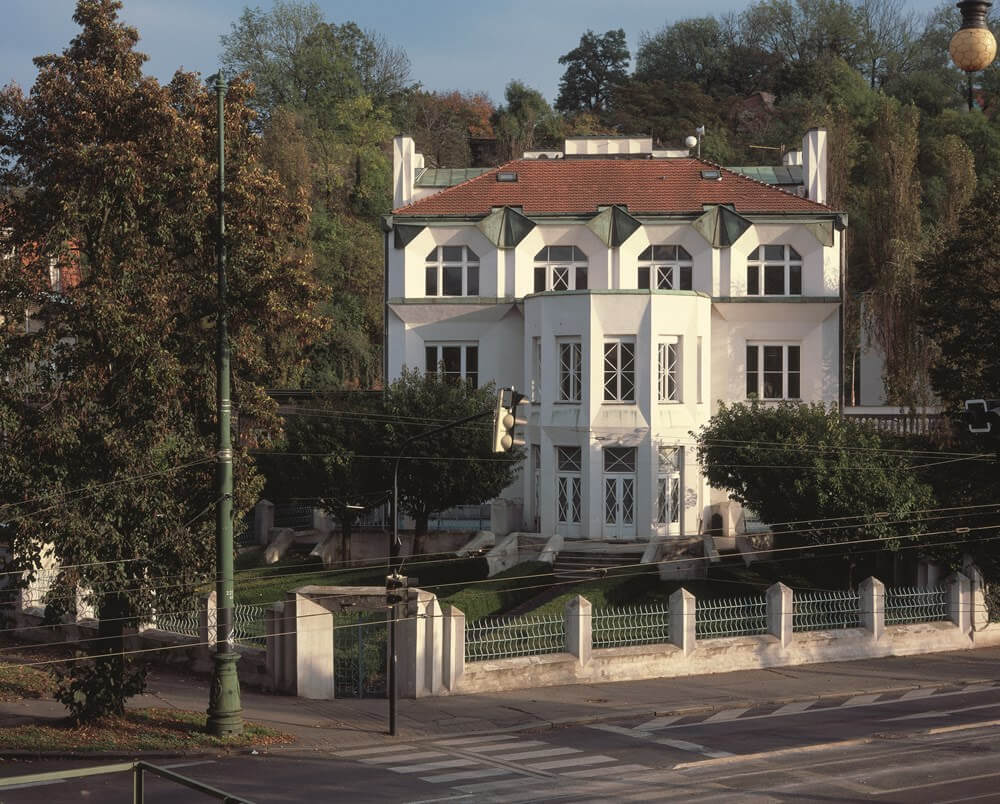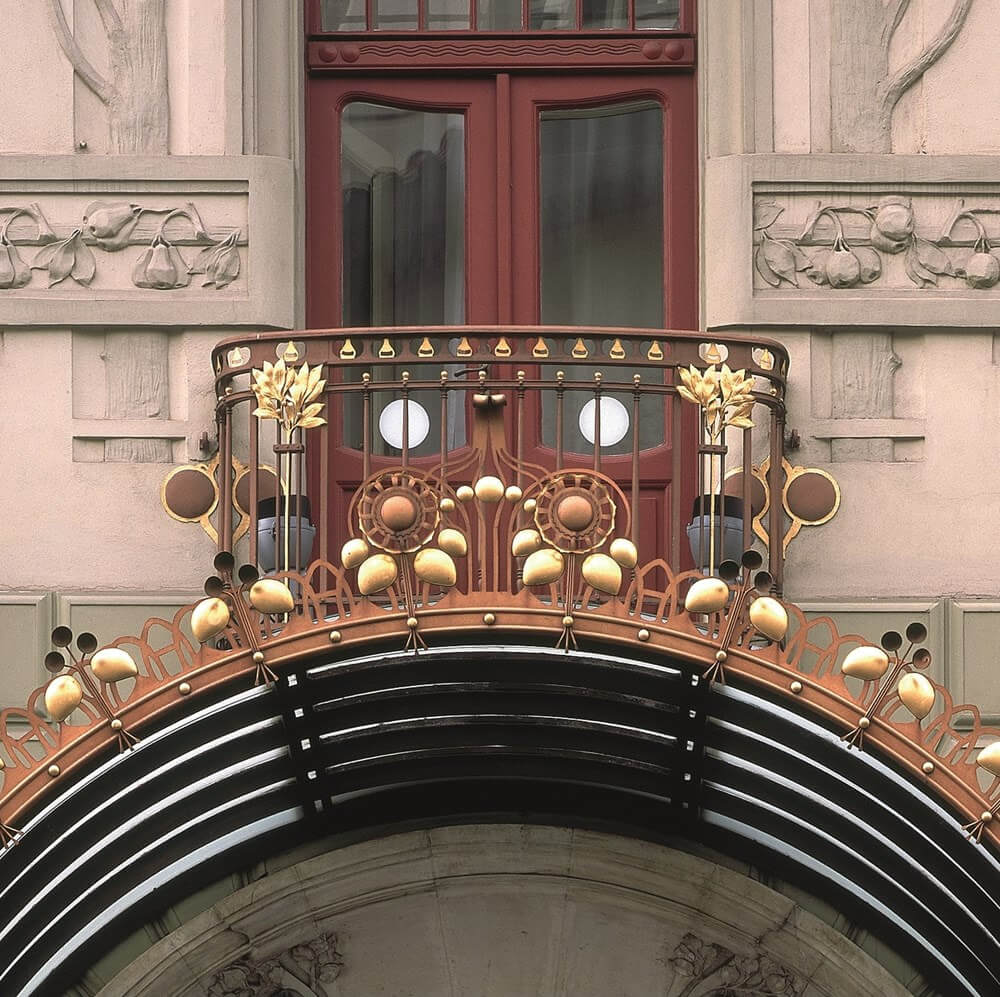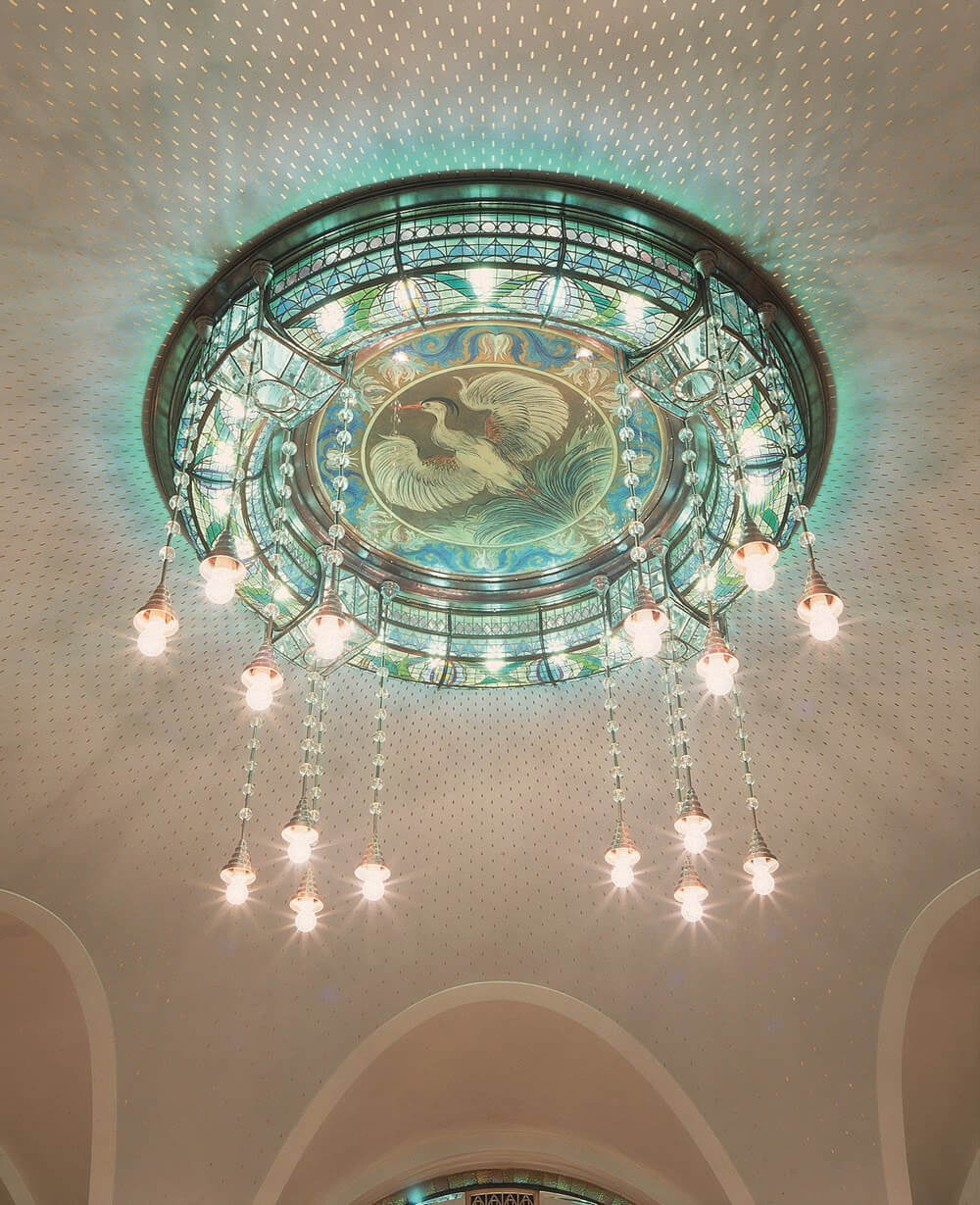I therefore was thrilled to get a copy of the new book Art Nouveau Prague, by architecture historian and professor of Art History at the Charles University in Prague Petr Wittlich, the expert who knows more about Czech Art Nouveau than anyone else (published by the University of Chicago Press), because any visit to Prague demonstrates the strong presence of Art Nouveau. It merges so beautifully within the city’s legendary built fabric, a mix of Romanesque, Gothic, Baroque, Cubist, Neoclassical, and 19th-century historicism, which has brought the city to the UNESCO World Heritage List, that Art Nouveau looks ‘at home’ in the Czech capital.
Prague of the turn of the 20th century, we learn from the comprehensive introductory essay, was the perfect cradle for the new style, just at a moment, when it transformed from a small town into a metropolis. Art Nouveau grew out of the historical and political landscape of Prague, and the School of Decorative Arts, founded in 1885, had a crucial role in advancing the new style.
The main focus of the book is architecture, and Wittlich is taking us on a fascinating tour of the city’s gems – the Municipal House, the Grand Hotel Europa, and the Wilson Railway Station, the Bohemian Eagle House and other private villas, churches, castles, and public buildings – demonstrating the special local expression of the style, which was different than it Parisian look. It illuminates the role of the Czech architects – Antonín Balšánek, Osvald Polívka, Josef Fanta, and Jan Letzel – in beautifying
Fin de siècle Prague. The color photos could not have been better in capturing essence of the colorful, decorative, dreamy buildings; while the book is a must for anyone visiting Prague, I wish it will be published in a small format, convenient to take on the road.






